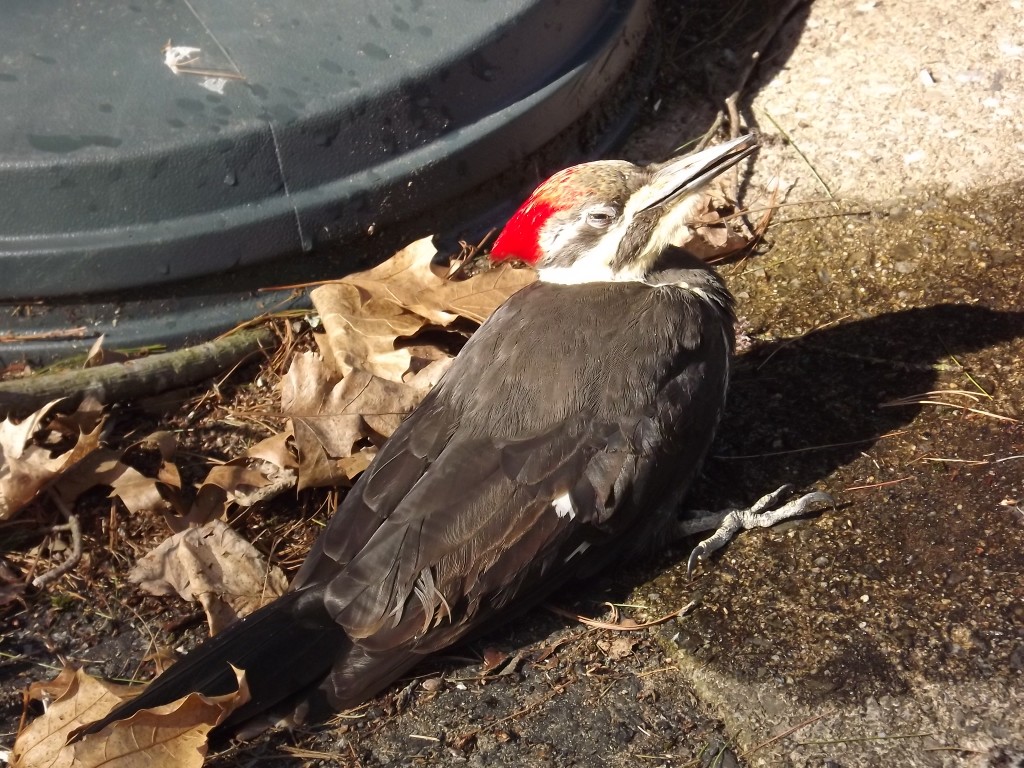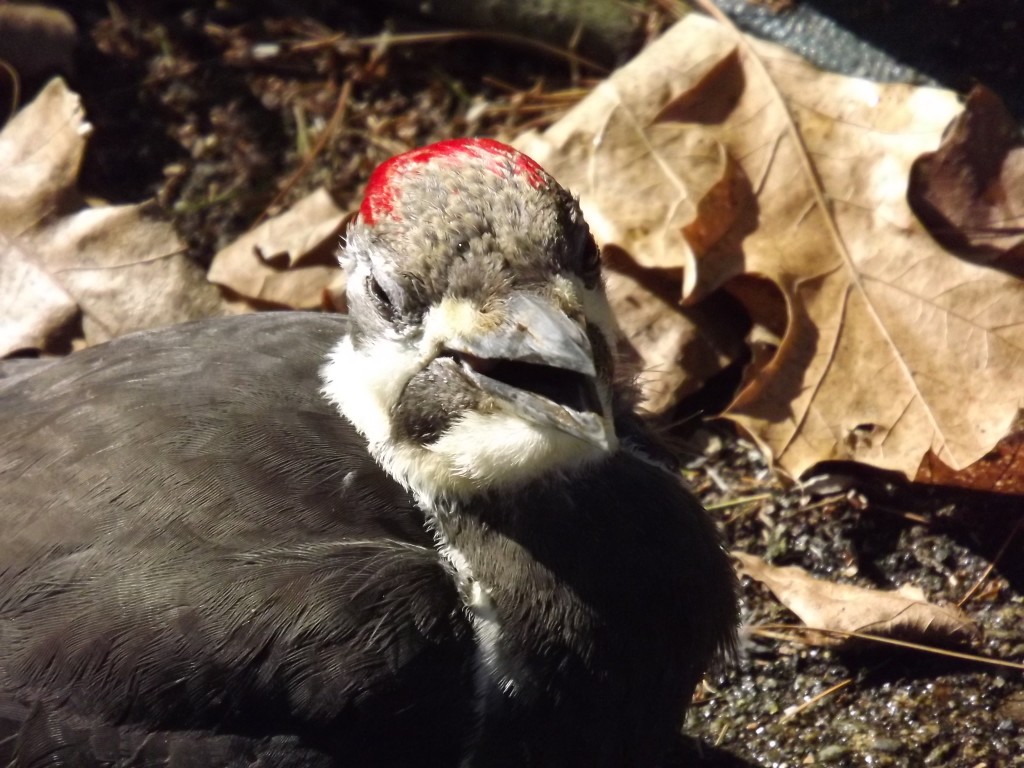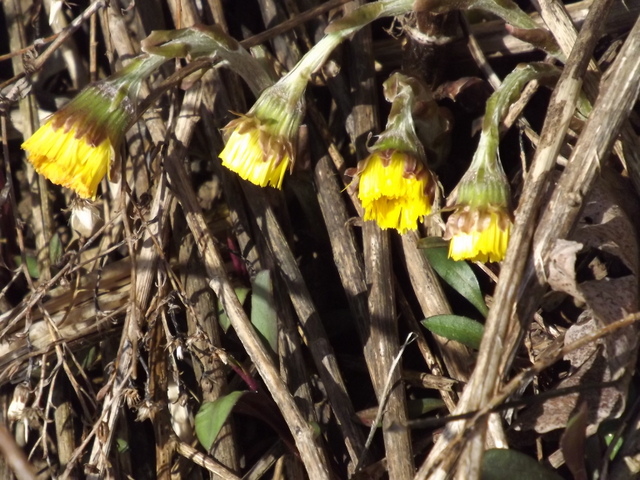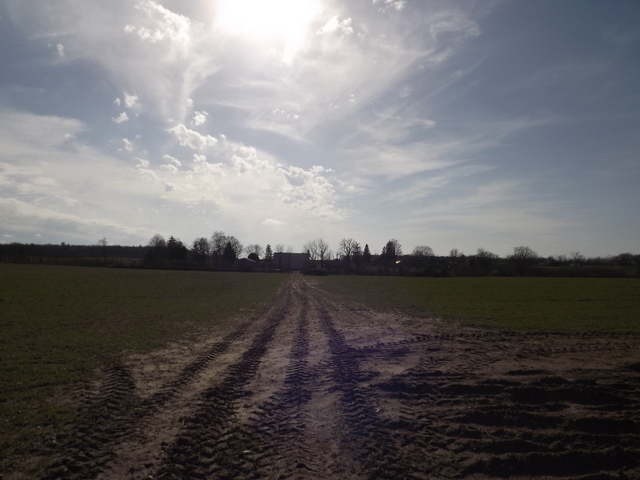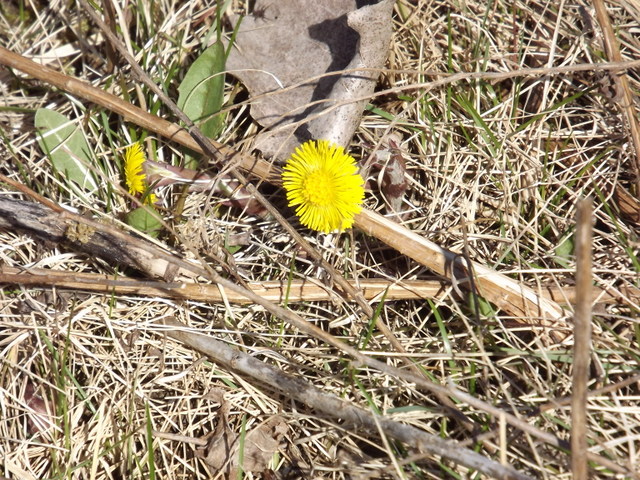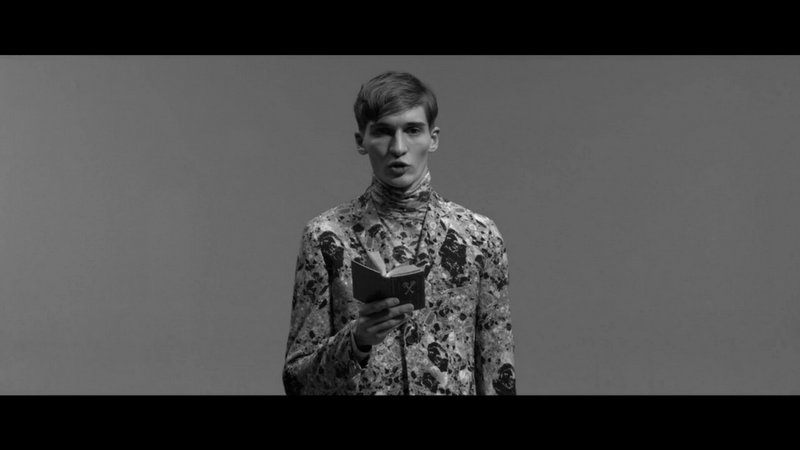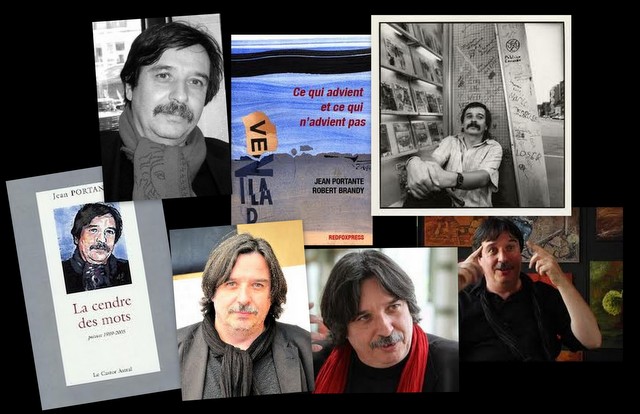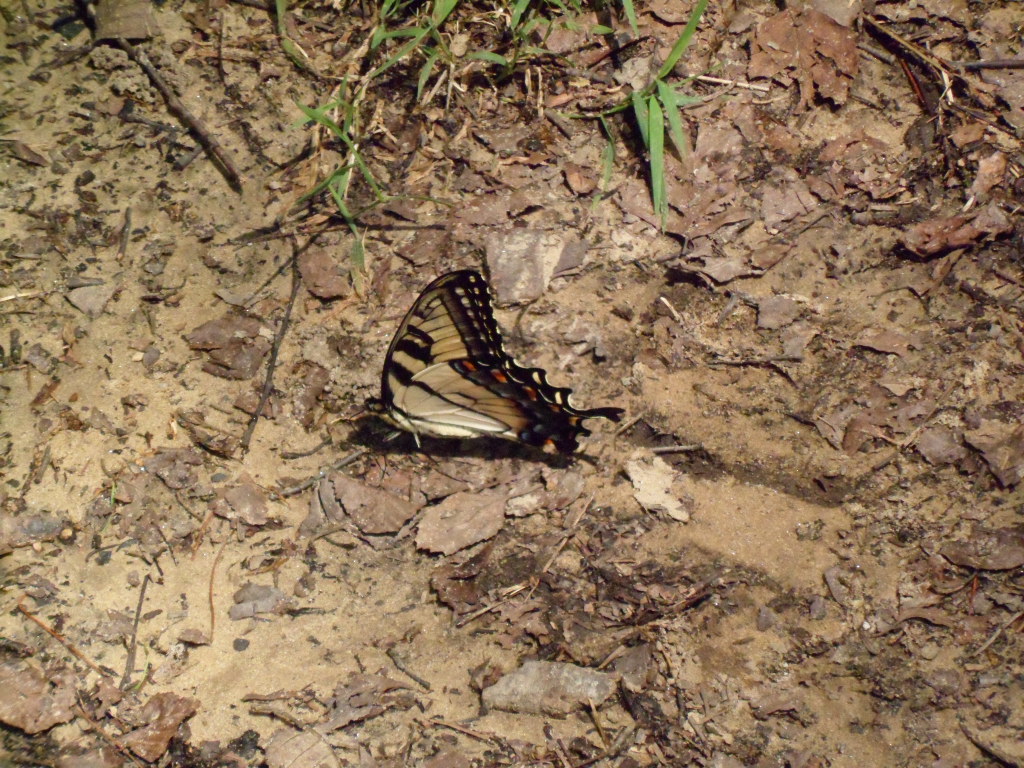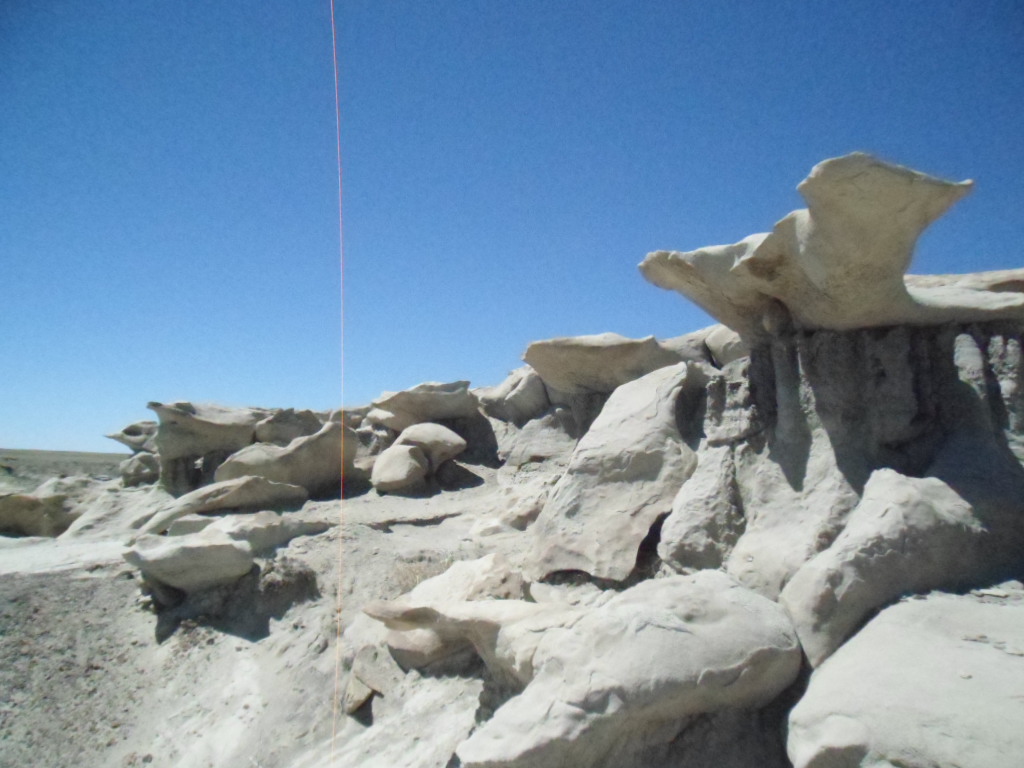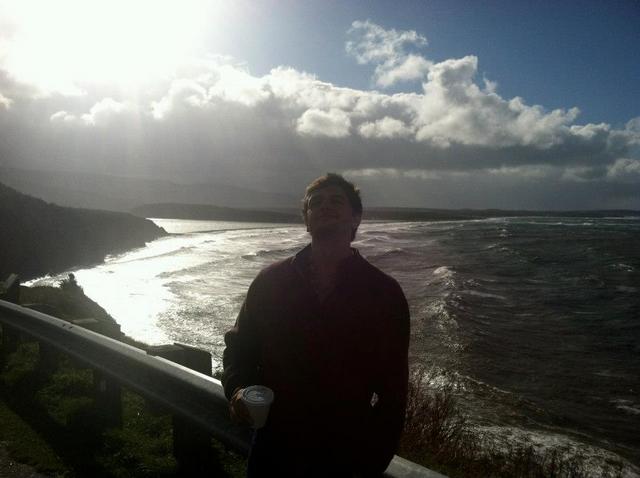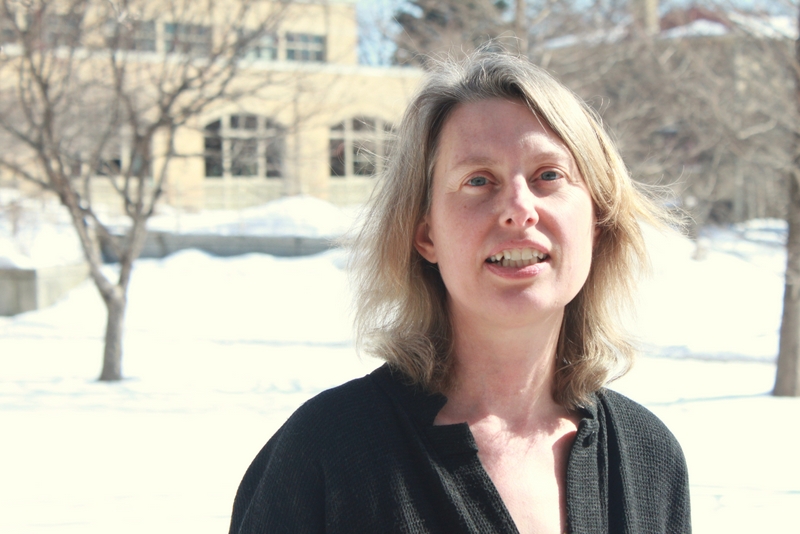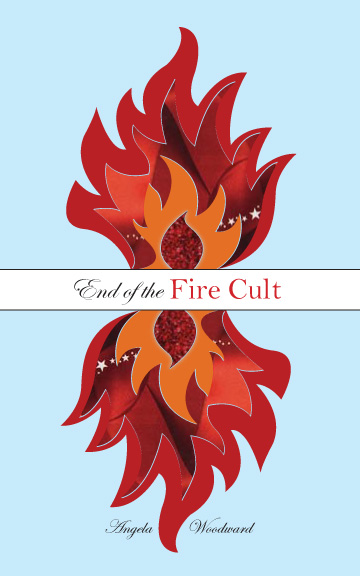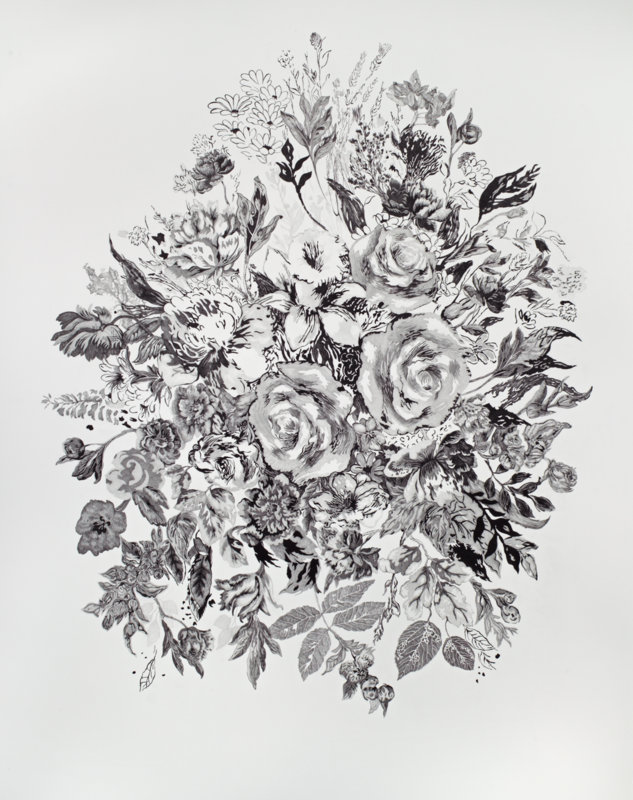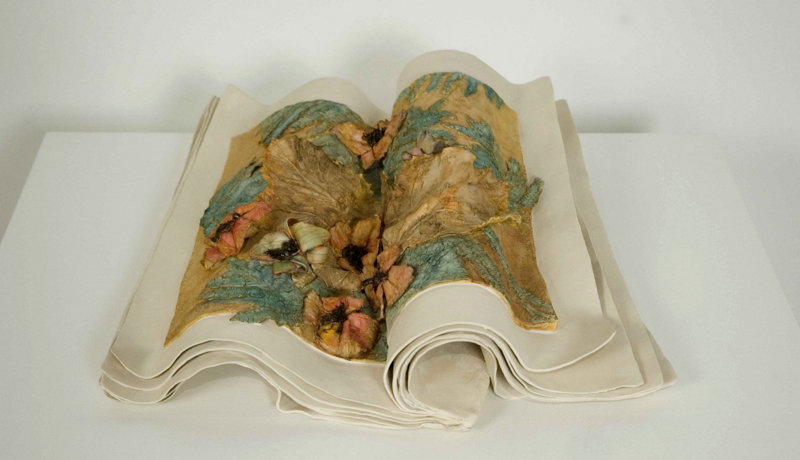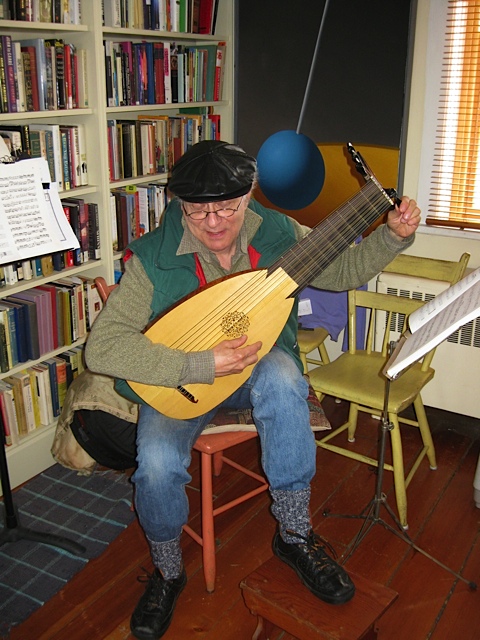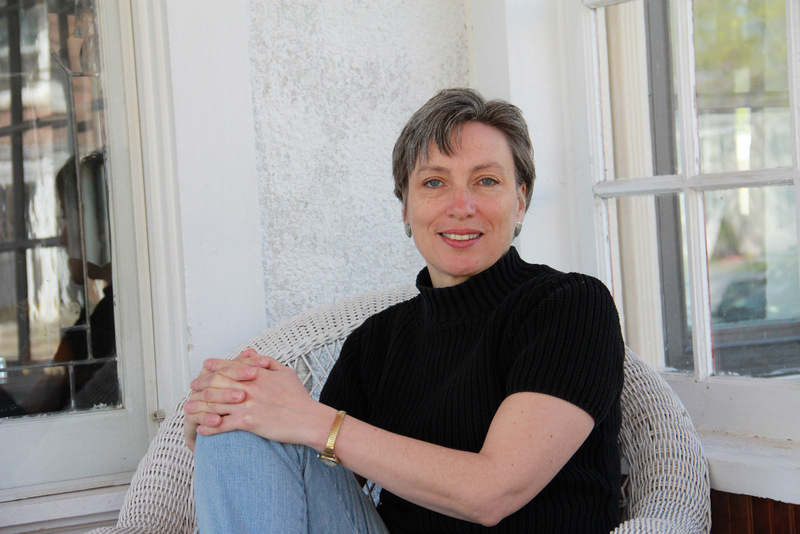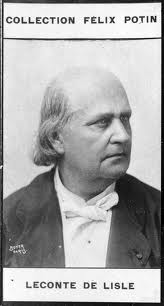
,
,
,
.
..
.
.
.
.
.
,
,
,
Herewith a fascinating essay on philosophical dualism, the East, the West, poetry, yoga, Ralph Waldo Emerson and, well, just about everything else worth talking about. A. Anupama has already contributed reviews and translations to Numéro Cinq (see especially her “Translations of Classical Tamil Love Poetry, Essay and Poems”) but in this essay she makes a special effort to extend our (western) understanding of the interconnection between love (eros), poetry and yoga in the Tamil Indian tradition. This is intriguing to read in part because it reveals a poetic tradition steeped in spirituality and philosophy, a tradition that is formal, ancient and self-conscious in its almost ritualized deployment of patterns and devices (which are, in themselves, a poetic language). In both the East and the West, humans have long wrestled with the famous gap between consciousness and the object, self and nature; love, even in the West (see Anne Carson’s Eros the Bittersweet), has been a constant source of metaphor for this relationship: lover and loved one/mind and what it perceives. We also have gorgeous photos taken by Dorothea Erichsen, the yoga poses were shot near Hook Mountain on the Hudson River.
dg
§
Emerson, in his essay “The Poet,” wrote, “I know not how it is that we need an interpreter; but the great majority of men seem to be minors, who have not yet come into possession of their own, or mutes, who cannot report the conversation they have had with nature. There is no man who does not anticipate a supersensual utility in the sun, and stars, earth, and water. These stand and wait to render him a peculiar service. But there is some obstruction, or some excess of phlegm in our constitution, which does not suffer them to yield the due effect. Too feeble fall the impressions of nature on us to make us artists. Every touch should thrill. Every man should be so much an artist, that he could report in conversation what had befallen him. Yet, in our experience, the rays or appulses have sufficient force to arrive at the senses, but not enough to reach the quick, and compel the reproduction of themselves in speech. The poet is the person in whom these powers are in balance, the man without impediment, who sees and handles that which others dream of, traverses the whole scale of experience, and is representative of man, in virtue of being the largest power to receive and to impart.”
Emerson sees the poet as an interpreter—someone who is clear of the “phlegm” of consciousness that pervades mundane experience. In this essay, and in his 1835 essay “Nature,” Emerson dissolves even the distinction between consciousness and nature itself within the framework of his logic. In “Nature,” he wrote, “I become a transparent eye-ball; I am nothing; the currents of the Universal Being circulate through me; I am part or particle of God.” This dissolve is also the goal of yoga practice. The very first sutra in the Yoga Sutras of Patanjali, an ancient manual for yoga practitioners, states, “Yoga is the stilling of the changing states of the mind.” Emerson’s essays and Patanjali’s teachings seem to be on the same track here. Like Emerson’s thought, the Yoga Sutras are based on a dualistic philosophy in which an individual’s pure awareness is distinct from objects of awareness. The translator and commentator Edwin F. Bryant summarizes it this way: “The goal of the entire yoga system … is to extricate pure consciousness from its embroilment with the internal workings of the mind as well as the external senses of the body.”
This might seem like the very opposite of poetry. Our discipline in poetry is to permit our minds to move, sometimes quite wildly, to let the mind bathe itself in the senses. As poets, we focus a lot of attention on image. The way the image heightens one’s senses is sometimes crucial to expressing the sublime essence of a poem. That sublime essence is the goal of both poetry and yoga, even though they seem to pursue it in opposite ways.
Patanjali’s Sutra 41, in section 1, states that by fixing one’s mind on an object, all mental disturbances cease, and the mind becomes like a pure crystal, reflecting the nature of whatever is placed before it. In yoga science, the pure intellect, in Sanskrit called buddhi, is the encasement of the eternal soul. The natural, inherent luminescence of the mind is the reflection of that eternal soul within it. In poetry, we are, in effect, practicing this clarity of mind. By our attention to image and senses, we are exercising and purifying the mind so that awareness and expression of the light within may follow.
Emerson again, in “The Poet” (and please forgive the gender specific language characteristic of Emerson’s time): “If the imagination intoxicates the poet, it is not inactive in other men. The metamorphosis excites in the beholder an emotion of joy. The use of symbols has a certain power and exhilaration for all men.” He goes on to say, “Poets are thus liberating gods. Men have really got a new sense, and found within their world, another world, or nest of worlds; for, the metamorphosis once seen, we divine that it does not stop.”
The Cankam poets of South India knew this well. In the carefully crafted style of love poetry, known as akam poetry, the mystery of the soul’s presence becomes accessible by the concrete imagery of the symbolic landscapes and by the reality of the emotional dramas that unfold between the archetypal lovers. This highly symbolic form of poetry was written by assemblies of poets for several generations. Cankam means “a community or assembly.” The anthologies we have today were written in the third and final Cankam gathering, in about the third century.
Akam poems are small monologues, and in each one the speaker is one of five archetypical characters in a love drama: the hero and heroine in love, her friend, her mother, and the hero’s mistress. Each poem is set in one of five symbolic landscapes, called “tinai,” each representing a different mood of love. The mountain tinai, named kurinci, for a mountain shrub that blooms with purple flowers, represents the dawning of first love, with its longing and secret trysts. The forest tinai; named mullai, for jasmine, presents the sweet mood of union and patient waiting for the beloved. The countryside, named marutam, for a flowering ornamental tree, is the mood of the quarreling lovers. The seashore, named neytal, for the blue lotus, offers the mood of unfulfilled longing. And the desert-like landscape, named palai, for a scrubby bush, offers portraits of the lovers’ separation or hardships during elopement. Each tinai has its dazzling particulars, in the types of animals and specific flowers and plants, the occupations of the people in each, and even the type of water to be found in each, as waterfalls in the mountains, or dry wells in the desert. As specific and inevitable as the features of the landscape, so are the movements of the lovers’ hearts and actions. These poets’ imaginations had an abundant and beautiful playground to share. The anthologies were written by scores of poets, and many of the poets are named only by the metaphor they use in their poem, as one called “the poet of the long white moonlight,” or another called “the poet of red earth and pouring rain.”
Even as the poems stand firmly in the landscape and describe the dramatic motions of the heart, the specific blends of imagery, the directionality of the syntax, and the formal meter of the poems lead to a quiet interior space. Here is a verse I translated from the ancient Cankam anthology Kuruntogai,
Poem from the desert road
He says—
Fearlessly, my heart has departed
to embrace my beloved.
If its arms are too slack to hold her
what use is it?
The distances between us stretch long.
Must I think of the many forests
where deadly tigers rise up roaring and
circling like the waves of the dark ocean
standing between us? I don’t dare.
Allur nanmullaiyar
Kuruntogai 237
In this poem, the lovely image of the heart embracing, but lacking arms to do so is reflected in the image of the forest tiger roaring like ocean waves. The word for “circling” in the original poem can also mean “echoing.” And its placement in the poem makes it a little ambiguous as to whether it refers to the tigers’ roaming movements or the sound of repetitive ocean waves. This fine swirl of images echoes the dark tumult of the heroes’ heartbeat as he moves through the landscape on his journey..
Here is verse 38, translated by the poet A.K. Ramanujan.
What She Said
He is from those mountains
where the little black-faced monkey,
playing in the sun,
rolls the wild peacock’s eggs
on the rocks.
Yes, his love is always good
as you say, my friend,
but only for those strong enough
to bear it,
who will not cry their eyes out
or think anything of it
when he leaves.
.
This verse enacts a vision of a nest of worlds through metaphoric image within the symbolic landscape representing secret trysts and longing. A broken heart like broken eggs on the mountainside. The grand level of landscape is signified by the name of a single plant, the kurinci, which blooms extravagantly every twelve years. The Cankam anthologies show us a multitude of poets writing the same drama and setting. There is a similar experience in a yoga practice, in which a pose like Mountain pose, signifies a position of the body, but also an attitude of the mind and heart. Consider the way the five tinai of Cankam literature can be experienced in the Sun Salutation, a vinyasa popular in today’s yoga practices. The Sun Salutation is a sequence of poses, movement mediated in time by the breath. In a class setting, a yoga teacher sets the pace, and a roomful of yogis on their mats enact this world.
We begin in mountain pose. Sweep our arms up and then dive into the ocean, the forward fold. Straighten the spine and level it to the horizon for the flat desert road. Stoop deeply again, as in a rice paddy—the fertile countryside. Then fly upright to the trees of the sacred forest, hands pressed together at the heart. So kurinci=mountain, neytal=diving at the seashore, palai=the desert road, marutam=the fields, and mullai=forest.

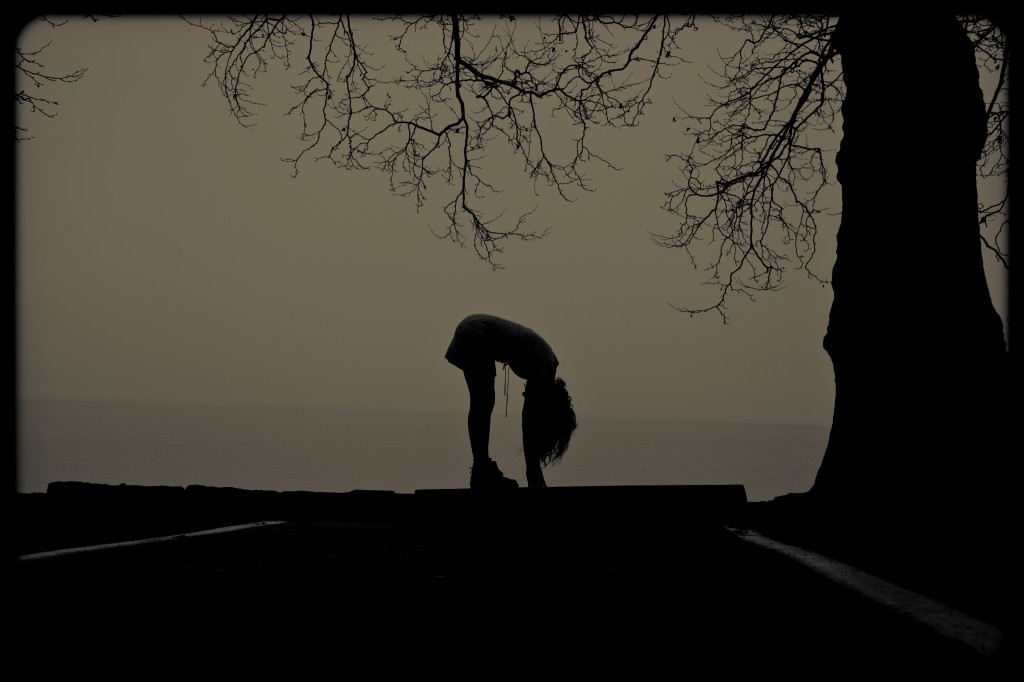



Indian classical love poetry is meant to illuminate the energetic precision of yogic wisdom. Another well-known work from the Cankam period called Tirukkural by the poet and weaver, Tiruvalluvar, concludes with a long set of erotic verses based on the archetypal lovers— some from his, and some from her point-of-view. But while Tiruvalluvar sets a foundation for the practice of yoga in the practice of Virtue with a capital V, the akam genre of Cankam poetry sets the foundation in Nature itself and in the very landscapes’ inescapable features. The poetry’s attention to the details of flora and fauna speaks volumes about the very precise nature of what they were about in the inner realm. Aside from references to teh five landscapes, botanical references are particularly rich, like the sound made by seedpods on a tree blown by the wind, the circular look of mounds of pollen dust when it is shaken onto the ground, the shape of a certain flower’s calyx..
Henry David Thoreau described Walden Pond with a similar attention to its particular beauty. Some of my favorite passages in his book Walden detail his measurements of aspects of the pond: its depth, its temperature, its color, the precise characteristics of the depth and quality of its ice. In one lovely passage, he wrote about midnight fishing from a boat by moonlight. “These experiences were very valuable to me—anchored in forty feet of water, and twenty or thirty rods from the shore, surrounded sometimes by thousands of small perch and shiners, dimpling the surface with their tails in the moonlight, and communicating by a long flaxen line with mysterious nocturnal fishes which had their dwelling forty feet below, or sometimes dragging sixty feet of line about the pond as I drifted in the gentle night breeze, now and then feeling a slight vibration along it, indicative of some life prowling about its extremity, of dull uncertain blundering purpose there, and slow to make up its mind. At length you slowly raise, pulling hand over hand, some horned pout squeaking and squirming to the upper air. It was very queer, especially in dark nights, when your thoughts had wandered to vast and cosmogonal themes in other spheres, to feel this faint jerk, which came to interrupt your dreams and link you to Nature again. It seemed as if I might next cast my line upward into the air, as well as downward into this element, which was scarcely more dense. Thus I caught two fishes as it were with one hook.” A metaphor of the consciousness using itself as the object of its meditation, this passage is a beautiful rendering of that movement of awareness from a sense of nature to a sense of mind, to a sense of enlightenment..
Yoga and poetry are sisters yet again when we consider the use of breath for approaching the experience of the sublime. In yoga class, usually the first instruction is to become mindful of the breath, to deepen it, so that we extend it fully. Only then do we proceed, pairing our movements with it. In poetry, we are often advised to speak our poems aloud, to let the breath guide the movement of our expression. In both yoga and poetry, a beautiful pose relies on the way the breath corrects our stance. In yoga, breathing into each pose makes an automatic correction in the alignment of the pose, especially in the twists and the poses in which the belly and torso are stretched taut so that it is difficult to draw a full breath. Your aching muscles will show you an easier way if you are breathing well. When speaking a poem, the poet’s experience of the sound of it creates a similar internal tension. We utter the words, with breath. Our aching ears show us an easier way if we are breathing well.
In yoga, breathing exercises called pranayama are intrinsic to the discipline. Besides creating a silent relationship between one’s mind and one’s body, attention to breathing can affect the quality of one’s awareness. William J. Broad in his book The Science of Yoga describes in detail the effects of these practices on levels of oxygen and carbon dioxide in the body, and the resulting effect of those on the brain and nervous system. The slowed forms of yogic breathing have been shown to increase calm awareness. “Today a standard figure is that cutting lung ventilation in half prompts blood levels of carbon dioxide to double. And the ensuing dilation of cerebral blood vessels means the brain now gets more oxygen, not less.” But, the slowed yogic breath has a temporary negative impact on practitioners’ ability with logic-driven and problem-solving tasks, as researchers have found. The quality of awareness is transformed by the practice.
Broad points out that the opposite happens in the rapid-breathing exercises like one called Breath of Fire. With this form, the emphasis is on exhaling forcefully and quickly, speeding up the breath, and letting the inhale occur as a result of the forced exhale. The plunge in carbon dioxide levels causes cerebral blood vessels to constrict, so the brain takes up less oxygen, sometimes resulting in dizziness and fainting. Practitioners are cautioned build up their use of this pranayama gradually. This leaves one’s awareness more laden in the region of the heart and of the belly, which has been pumping like a bellows to create the movement necessary for the breath. EEG studies of advanced yogis show increased brain activity arising in the central parietal lobes, which are the brain’s processing points for sensory information from the body. So, in this pranayama practice, awareness arises from the body instead of the mind.
Broad presents modern yoga practice as a systematic workout for the autonomic nervous system, the half of the nervous system that is responsible for the body’s automatic responses to its environment. The physical disciplines of yoga use the two things about that system that can be consciously manipulated in order to improve its overall health: 1) the subtle physical positions of the body and 2) the velocity of its breathing. This discipline of movement and breath has a profound impact on the body’s ability to cope with stress, to regulate metabolism and digestion, to glide through its moods. Recent studies of yoga practitioners’ levels of mood-boosting neurotransmitters have only confirmed the obvious benefit.
Knowing the limits of one’s breath and movement in the practice of asana and pranayama offer a sense of both confidence and humility, which carries over into our treatment of our bodies, in what we eat, how we dress and shelter ourselves, what we offer to others. By extending our awareness into our autonomic nervous systems, we can tap into the intense voltage of our hearts, and honor the complex neurology of the belly, with its gut feelings and reactions. Consider the poems of the 12th century saint Avvaiyar, who wrote this about the way the belly can be one’s best guru:
(11)
If I say give up food for one day, you won’t.
If I say for two take, you won’t take.
……………………………………………….O belly, full of pains,
You don’t know one day of my grief.
How great, how rare, to live with you.
Avvaiyar wrote to impart wisdom to children and young people, and her poems are beloved today as treasuries of that wisdom. Like Tiruvalluvar, she points to virtue, and like the akam poets she twines her verse with nature.
The first verse from her book Muturai is this—
“When doing good to a man, do not ask
If he’ll do good.
……………………Tall-standing coconut palms,
Tireless and growing, take water at their roots
And return it, sweet, from above.”
The very next verse seems to contradict—
“Good done to a man of character—
letters etched in stone.
…………………………….Good done
to a man who lacks ethics and love—
letters traced upon water.
Her movement in these two verses is a kind of sawing back and forth, like yoga’s deft autonomic workout.
(10)
Water that runs from the well to the rice
also waters the wayside grass.
…………………………………If on our old earth
There walk one upright man, for his sake
Everyone receives rain.
As verses from Tirukkural are recited by heart by children, by everyone, as an expression of Tamil culture, so are Avvaiyar’s. She had this to say about the ascetic yogis:
(7, Nalvali)
Looked at in all ways, this body is a hovel
For foul worms and teeming disease.
………………………………………………The great,
Because they know this, stand apart from it, silent,
like water on a lotus’s leaves.
William Broad devotes a long chapter of his book to yogic experiences of enlightenment, called samadhi in Sanskrit. Researchers interested in the physiologic aspects of yoga have noted the cooling effect of the discipline on the autonomic nervous system. In advanced practice, however, yoga’s ancient roots in Tantra become evident. Sharp spikes in heart-rate and brain activity in meditating yogis closely resemble the patterns of sexual orgasm. Broad cites the studies and then calls this yoga’s little secret, as though yoga’s marketing, as mere exercise, or stress-relief, or physical therapy, has successfully altered its image. He also offers a long discussion of Kundalini yoga: the fiery experience of the arousal of yogic energy. Kundalini promises its practitioners a path to boundless creativity, joy, and spiritual bliss. Broad mentions Carl Jung’s studies of kundalini and provides anecdotes of sudden transformations of ordinary lives into artistic virtuosity.
One of the most common forms of yoga practiced today, however, is Hatha yoga—a discipline that was invented in the tantric tradition to generate an ability to retain erotic tension within the body. Akam poetry and Tirukkural describe this erotic tension, evoking intimately both sides of the experience of love while grounding firmly in the landscape and social wisdom. Avvaiyar sums it all up in one verse:
Giving is virtue, earning rightly is wealth, living
in harmony and hospitality is love.
Letting go of all three, thinking only of god—
the bliss without peer of release.
This movement is what the bhakti poets take on in the shearing force of their devotional verse. Bhakti is defined as a counter-cultural poetry, composed in vernacular, with a devotional attitude, meant to be chanted or sung, according to Andrew Schelling, the editor of the new Oxford Anthology of Bhakti Literature. He wrote in his introduction, “At a level deeper than what a poem or song says, occur disruptions or subversions that appear both spiritual and linguistic. These include forbidden emotions, raw vernacular vocabulary, riddles, secret codes, and non-rational images.” The big change from the ancient modes of poetry is that bhakti is born in dissent from religious and/or political authority. The result is that it is composed in the first-person– the lyric “I” with which we are familiar in our contemporary verse. An attitude of defiance paired with an attitude of devotion stretches the erotic tension inside the poet.
A few long verses now from the ninth-century poet-saint, Kotai, a devotee of the god Krishna, whom she calls Govinda and refers to here as cowherd, dancer, and thief. She is usually known by her honorific name, Antal.
I am caught in the snare
of that omniscient lord
who slumbered
upon the banyan leaf.
Do not speak
whatever comes to mind—
your words pierce me
like a dagger.
The cowherd chief
who tends his calves
with staff in hand,
that dancer with the waterpots
who reclines in sacred Kutanai—
bring me
his sacred basil
cool, lustrous, blue,
place it
upon my soft tresses.
Like an arrow
from the bow of his eyebrows,
the sidelong glance
of him who destroyed Kamsa
enters my heart,
makes me sore with pain,
weak and worn.
I yearn, I melt,
yet he says not
‘have no fear’.
If willingly
he gives his garland
of holy basil,
bring it,
place it upon my breast.
My soul melts in anguish—
he cares not
if I live or die.
If I see the lord of Govardhana
that looting thief,
that plunderer,
I shall pluck
by their roots
these useless breasts,
I shall fling them
at his chest,
I shall cool
the raging fire
within me.
To soothe the grief
of my rounded breasts,
is it not better
in this very birth
to serve Govinda
in little intimate ways,
than wait for a life beyond?
If one day
he would fold me
into his radiant chest,
that would fulfill me.
Else, looking straight at me,
uttering the truth,
he should give me
leave to go—
that also I would accept.
Kotai, daughter of Visnucittan
master of the town of Villiputuvai,
she of excellence
whose eyebrows arch like a bow,
poured her intense longing for
the radiant light of Ayarpati
the lord who brought her pain.
Those who chant
these verses of praise
will never flounder
in the sea of sorrow.
In the last stanza, the poet refers to herself in the third-person, forming a signature within the verse. Other bhakti poets use the name of their personal deity in the last lines of their poems as the signature, a complete removal of the self at the end of the lyric. The poet Mahadeviyakka, another woman poet-saint with an honorific name, wrote her burning verses in the twelfth century, as she wandered in a state of undress, scorning suitors and authorities alike.
Would a circling surface vulture
know such depths of sky
as the moon would know?
would a weed on the riverbank
know such depths of water
as the lotus would know?
would a fly darting nearby
know the smell of flowers
as the bee would know?
O lord white as jasmine
only you would know
the way of your devotees:
how would these,
these
mosquitoes
on the buffalo’s hide?
Following bhakti into north India, into the 15th century, the tradition of signing the poem with a third-person reference to oneself continues. Here is one by a male poet, the weaver Kabir.
My husband is called Hari,
And I’m his young wife.
My husband is called Rama.
He’s an inch taller than me.
Looking my best,
I go in search of Hari,
The lord of the three worlds.
He’s nowhere to be found.
We live under the same roof,
Sleep in the same bed,
But seldom meet.
Fortunate the bride, says Kabir,
Whose husband loves her.
Notice the twisting of gender in this verse as he calls himself god’s wife. Kabir is known for this and many other logic-smashing contortions in his verse. Thoreau and Emerson both cite Kabir’s poetry in their writing.
Mirabai, like Antal and Mahadeviyakka, calls herself the Dark One’s lover, and plunges into even wilder twists of voice. She sings this poetic conversation,
Listen, friend,
the Dark One laughs
and scours my body with ravenous eyes.
Eyebrows are bows,
darting glances are arrows that pierce
a wrecked heart.
You will heal
I’ll bind you with magical diagrams
and crush drugs
for a poultice.
But if it’s love that afflicts you
my powers are worthless.
Sister, how can I heal?
I’ve already
crushed sandalwood paste,
tried witchcraft—charms and weird spells.
Wherever I go
his sweet form is laughing inside me.
Tear open these breasts
You’ll see a torn heart!
Unless she sees her dark lover
how can Mira
endure her own body?
Mirabai’s god, the Dark One whom she also calls Giridhara, is a form of Krishna, the handsome cowherd who lured the wives and milkmaids of Vrindavan into the forest for wild orgies. According to the mythology, when Krishna left Vrindavan, the women stood looking up the road, desolate and in anguish. A holy man came down the road and said to them, you can have him again. He went on, explaining to them the practice of yoga. One might imagine the women stringing him up in the nearest banyan tree by his saffron robes for such a suggestion. But luckily they listened to him and found their joy again.
Considering the devices and perspectives of the ancient poets, I have found this last one, in bhakti, to be surprisingly useful in the writing and revising of my own poems. Writing verse about yourself in the third person is a kind of headstand. It’s a good warm-up exercise. One way that I play with the device is to take a poem I’m revising, rewrite it entirely in third-person, then quickly and freely write another stanza in first-person. It’s a useful strategy for finding images that eluded me on the first writing, and sometimes this exercise helps me to find the fulcrum of a poem that felt lopsided or just incomplete. If the breath of the bhakti poem is a wind blowing from the south-east, as the monsoon does, the third-person voice blows in the opposite direction, miraculously steadying the flame of the devotional lamp within the poet.
Emerson wrote in “The Poet,” “We are not pans and barrows, nor even porters of the fire and torch-bearers, but children of the fire, made of it, and only the same divinity transmuted, and at two or three removes, when we know least about it.” Our sun salutation contains that wisdom, too. Here is a full expression of the sun salutation, with its flowing inner motion.

—A. Anupama (Photos by Dorothea Erichsen)
References
Anupama, A. “Translations of Classical Tamil Love Poetry and Essay.” Numéro Cinq Magazine. Sept. 12, 2011. Web.
Avvaiyar. Thomas H. Pruiksma, transl. Give, Eat, and Live: Poems of Avvaiyar. Los Angeles: Red Hen Press, 2009.
Broad, William J. The Science of Yoga: The Risks and the Rewards. New York: Simon & Schuster, 2012.
Bryant, Edwin F. The Yoga Sutras of Patanjali. New York: Farrar, Straus and Giroux, 2009.
Emerson, Ralph Waldo. “Nature,” from Nature; Addresses, and Lectures. 1834.
Emerson, Ralph Waldo. “The Poet,” from Essays, second series. 1844.
Ramanujan, A.K. Poems of Love and War. New York: Columbia University Press, 2011.
Ramanujan, A.K. Molly Daniels-Ramanujan, ed. The Oxford India Ramanujan. New Delhi, Oxford University Press, 2004.
Schelling, Andrew. The Oxford Anthology of Bhakti Literature. New Delhi: Oxford University Press, 2011.
Thoreau, Henry David. Walden. 1854. New York: Fall River Press, 2008.
Tiruvalluvar. G.U. Pope, W.H. Drew, John Lazarus, and F.W. Ellis, transl. Tirukkural. 1886. Full text online at Project Madurai: http://www.projectmadurai.org/pm_etexts/pdf/pm0153.pdf
Translation Acknowledgements
Many thanks to B. Jeyaganesh, Vennila Amaran, and Dr. Malarvizhi Mangayarkarasi of Thiagarajar College for recorded readings of the verses in Tamil and for literal translations. I am indebted to the work of A.R. Ramanujan and Robert Butler for clues to the ancient Tamil. Also thanks Jen Bervin for advising and encouraging while I wrote the lecture.
———-
A. Anupama is a U.S.-born, Indian-American poet and translator whose work has appeared in several literary publications, including The Bitter Oleander, Monkeybicycle, The Alembic, Numéro Cinq and decomP magazinE. She received her MFA in writing from Vermont College of Fine Arts in 2012. She currently lives and writes in the Hudson River valley of New York, where she blogs about poetic inspiration at seranam.com.

